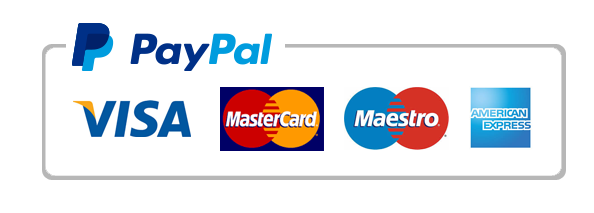BUSINESS ENTITY CASE ANALYSIS
- Hefler, et al. v. Wells Fargo & Company, et al (Links to an external site.)., Case No. 3:16-CV-05479-JST
After you have reviewed the case (this includes searching for other resources), you will prepare a case analysis in which you address the following in 2-3 pages (not including a reference page):
Introduction
- What is the case?
- What are the facts in the case? Provide a brief summary.
Analysis
- What is the legal conflict / issue(s) that is presented?
- What is the relevant legislation surrounding this dispute/case?
Conclusion
- Has the dispute been resolved or a court decision made?
- Do you agree/disagree with outcome?
- Do you agree/disagree with the likely outcome?
- If yes, what was the legal outcome?
- If not, what do you think will likely be the outcome? Why?

